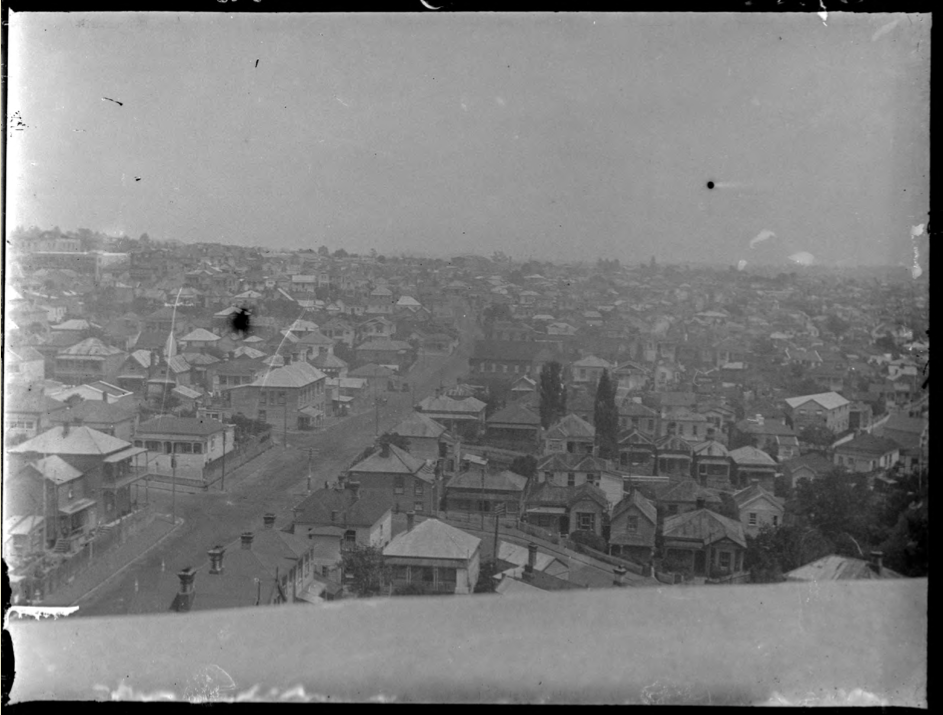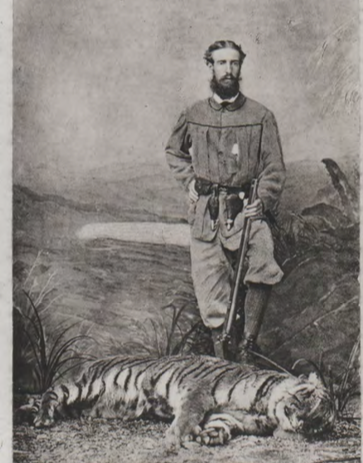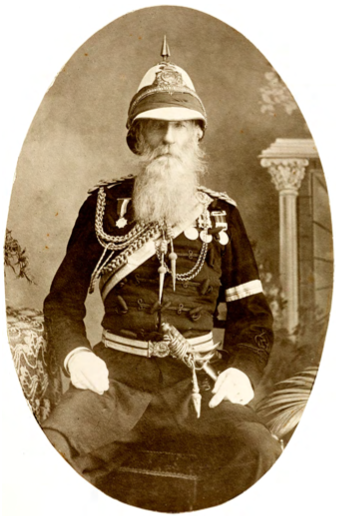Rocky Roads
The rise of Newton
New Zealand historian and author Lynnie Howcroft researches the early days of Uptown.
Five men finished their meeting, stood, shook each other’s hand and left Wilkes’s Eureka store on the corner of Upper Queen St and Ian McKinnon Drive (East St). It was 1870 and the first elected Karangahape Highway Board’s Trustees were on their way to the first annual ratepayers meeting. If they were nervous they had a right to be. Fellow Newton East neighbours were renown for their passion to fix the deplorable roads that were the lifeblood to the health of their community.
A year earlier Mr Morrow Esq., had chaired the first ratepayer’s meeting. Under the 1867 Highways Act a new district had been formed and with it the release of Government funds to make bad roads good. Buoyed with the hope that these funds would ensure prosperity and not stagnation, the Newton East neighbours had agreed to pay rates. The district’s dog, hotel, and cart licenses, plus the fines received from the district’s pound, also added to the Boards bank balance.
Over twelve years the Karangahape Highway Board followed the season’s rhythms. In winter, the outgoing Board of Trustees would present to their fellow ratepayers how they had spent the funds on road repairs. After a time of questions (and often accusations) from the ratepayers, five more bright eyed local men were elected. Every year this community hoped that these new men would achieve more than the last Board.
By spring, the new Trustees had decided what roads were to be fixed and fussed over during their tenure. An Engineer had designed a plan to remedy the said ailing road, while a property valuer had reassessed the district’s ratable values. As summer approached the rates were collected and the Board had created and accepted contracts. The race was on for the successful contractors to finish their contract before winter. Other Highway Boards around Auckland’s Isthmus also followed a similar format.

Political manoeuvring came into play from the start. A letter to the newspaper in 1870 accused two of the five Trustee’s Morrow and Rice of becoming Board members to get work done on Newton Road where they resided. To amplify this problem votes by proxy were used by the ambitious to ensure that they had influence over where the Board spent the funds. In 1873 at Ripley’s York Hotel ratepayers agreed to use this method. Their goal was to level up East St to meet Upper Pitt Street (Mercury Lane) and West St. This would stop the flooding and then this road could extend to join Newton Road. This proxy method worked to their advantage as two men from that meeting were voted onto the Board the following year.
A vapor trail of facts gleaned from newspapers brought into question the administrative capabilities of Trustees. Between 1870 -1877 every Board was either defending their decisions or litigating against a resident or a contractor in Court. They had lost every case so the district’s ratepayers had to pay for the legal fees. Another disgruntled ratepayer wrote to the Editor revealing that in winter, on moonlit nights, neighbors who lived on Upper Queen Street rose out of their beds to fix the roads allowing for property access during the day. This was a common practice for many residents in this district before they paid rates. Now, they had to pay for the pleasure of having little sleep.
Eventually the ratepayers frustrations overflowed into colourful annual meetings. Passion for fair treatment erupted into chaos in the 1876 meeting, ‘bidding fair to become a fist fight’. Accusations were hurled at the Chairman (Mr Barnes) who remonstrated back ‘that he tried to oblige everybody but himself, – getting up from his bed at 1, 2, 3 and four o’clock, and this was all the thanks he got for it’. To resolve the conflict the books were to be audited and presented the following week.
Tempers were simmering when approximately 150 ratepayers met again. Insults and hisses lauded over each person who stood to up to speak and the local policeman was not noticed when he arrived hoping to calm the meeting down. Finally, when the ratepayers had decided to accept the audited books, five brave men were elected as Trustees for the following year and the meeting ended.
In theory this scheme was a good idea. Local men worked on behalf of the community for the common good. However, for the Newton East community this the scheme’s downfall was the unreasonable weight of expectation on the Trustees. How could they manage contractors, foresee unpredictable weather and negotiate with the neighbouring Highway Boards (Grafton and the City) while they worked fulltime? This work took time and they were not paid.
By 1883 the Karangahape Highway Boards district had been absorbed into the City. Two men were elected to represent Newton East on the City’s Board. However, this transition did not happen without a fight. A petition was presented to the Premier in 1877, requesting that Newton East be formed into a Borough. After much debate (and a Court case), this proposal was rejected. The communities fear that their roads would fall into disrepair turned out to be unfounded. The City Board continued to schedule road maintenance in and Newton East grew.
The catalyst that brought the Karangahape High- way Board’s district to maturity was attributed to local men who believed that they could make a difference. Although many of these men were out of their depth as administrators, it was their tenacity and personal sacrifice (or ambition) that brought their community reward. The suburb of Newton East had come of age.


